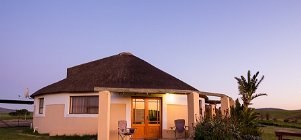About Durbanville
Durbanville was founded in the early 19th century around a fresh water spring and was primarily a watering station for travellers between Cape Town and the interior. Durbanville was originally known as Pampoenkraal (from the Afrikaans words pampoen meaning pumpkin, and kraal meaning corral – an enclosure for livestock). In 1825 a group of local farmers requested permission from Lord Charles Somerset (governor of the Cape Colony at that time) to build their own church.
The Dutch Reformed Church was commenced in 1825 and inaugurated a year later on 6 August 1826. A small village grew between the church and the outspan (overnight stop). During 1836 the inhabitants of Pampoenkraal petitioned the Governor of the Cape Colony, Sir Benjamin d’Urban, for permission to rename the village D’Urban in his honour. Permission was duly granted and the new name persisted until 1886 when it was renamed to Durbanville in order to avoid confusion with Durban – a major port city in the east of South Africa.
Durbanville had its own court house, jail and magistrate from the 1870s and became a Magisterial District of Bellville. The court house complex still exists in altered form within the Rust-en-Vrede complex, originally erected in 1850. A village management board was established in 1897 and a municipality in 1901.
The village grew rapidly after the turn of the 19th century and a local wagon industry developed. The King Brothers Wagon Works’ used to be South Africa‘s biggest wagon works. At the turn of the century, it employed more than 200 men, which just about accounted for the entire village.
Wine farming started in Durbanville in the 17th century, when farmers planted vineyards with Cape Madeira, the white grape of the time. Many of these farms now form part of the Wine Route today, and have award-winning wines, cultivated by generations of wine-makers. These wines can be sampled during the week.







Share This Page